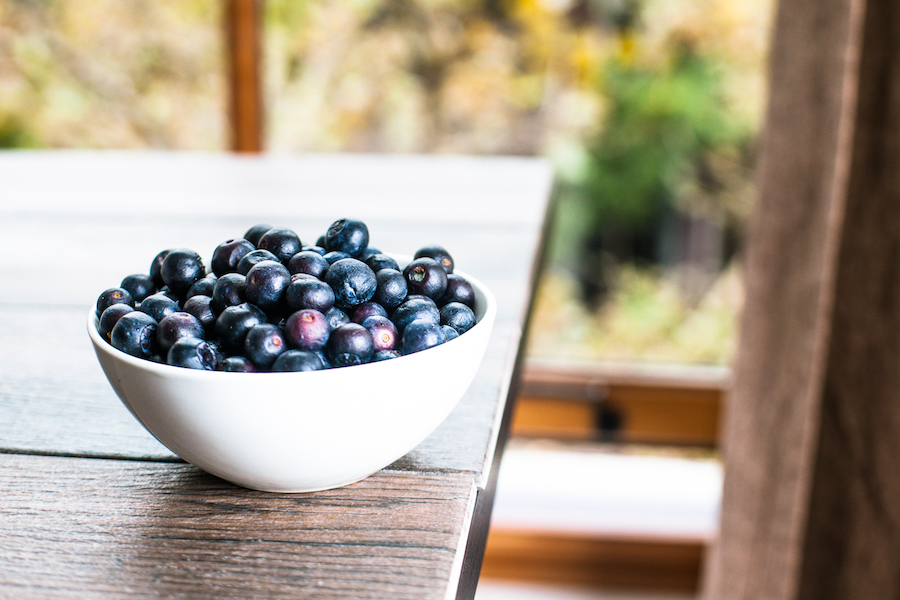My goal with this post is to answer the most frequently asked questions on the use of protein whey and its effects on good health and weight loss.
Background: Studies have shown that whey boosts protein synthesis (a biochemical process that produces amino acids from carbon sources like glucose) which aids in weight loss and helps fend off the munchies. What does that mean for your life?
Smoothies and Whey Protein Benefits: A practical meal option and tool that helps you to fight hunger (creating a thinner you) increased protein absorption, which boosts muscle repair and recovery (a healthier you) and a no-cook, time-saving food option. (A happier you!) Think about it this way: Would you rather cook a whole meal that may take up to 20 or even 30 minutes to prepare? Or, do you whip up a delicious, no-fuss smoothie meal option in 2 minutes that travels where you do?
By adding protein whey to your smoothies and shakes, you have a secret weapon at your disposal that offers your body added nutrition, fights hunger and gives you control over your time and health. More info on protein can be found in the Q & A below.
What Is Whey Protein?
Whey protein is a dietary supplement obtained by purification and filtration of whey, or the watery portion of milk that separates from curds when making cheese. Protein is important because our body uses it for the recovery and compensation of the destroyed muscle tissue after physical activity. It’s vital for life!
Who should be drinking protein shakes?
- Any person looking to consume alternative protein options other than meat or fish
- Endurance athletes
- People looking to lose weight
- People looking for quality nourishment right after a workout
- People who get hungry in between meals
How does it work?
Whey is a source of protein known to improve the nutrient content of the diet and boost the immune system. Protein, which helps your cells grow, replace and repair themselves. Your body makes some protein on its own from the 12 amino acids it can produce. The other nine amino acids must be obtained from dietary protein. Whey protein is one such source.
Can’t I get enough protein from the foods I already eat?
The quick answer is yes. However, for example, take an eight-ounce steak you would find at a restaurant. You're getting in more protein than what the body needs in a typical day. What you’re also getting is a hefty dose of artery-clogging saturated fat as well.
Conversely, protein shakes give you control over nutrients needed in your diet.
How much protein do I need each day?
Almost anyone can get enough protein from foods. However the source of that protein matters. Healthy adults should get about 45 to 56 grams of protein a day. That’s the rough equivalent of two scoops of quality whey protein.
I just read that people should be using plant-based protein powder to aid in weight loss instead of the whey protein. Which works best?
Both plant-based and whey proteins can offer you added amino acids and nutrients. Choosing between the two is literally a matter of taste, allergies and digestive concerns. Those who are lactose sensitive may do better with plant-based proteins.
If I drink smoothies or protein shakes, will it result in weight loss?
When it comes to feeling full, clinical studies consistently show that high-protein diets increase satisfaction and decrease hunger when compared with high-fat or high-carbohydrate diets. Most people on high-protein diets took in about 10% less energy (roughly 200 calories) per day, which could account for at least some of the weight loss seen with this type of diet.
If you feel fuller you have the power to fight snacking and overeating. Along with consistent exercise (3-4 days per week) and healthy eating weight loss is definitely possible.
The different types of protein
Protein makers use different types of bases for their product. These may include the following:
How do I choose a protein powder that’s right for me?
Not all protein powders are created equal. Read the label for quality and purchase products from quality retailers like GNC and The Vitamin Shop. If your goal is to lose body fat, consume a leaner protein powder that's mainly protein, has fewer carbohydrates, and minimal fat. If body fat loss is your goal, make sure the product is more than 50% protein.
I want to get started with drinking protein shakes for better health and to improve my lifestyle. Where can I get good tasting protein shakes recipes?
Get all your delicious protein shakes recipes right here on chefkenny.com and get your copy of my ebook Everyday Smoothie: For Good Health, & Weight Loss - For Life!


